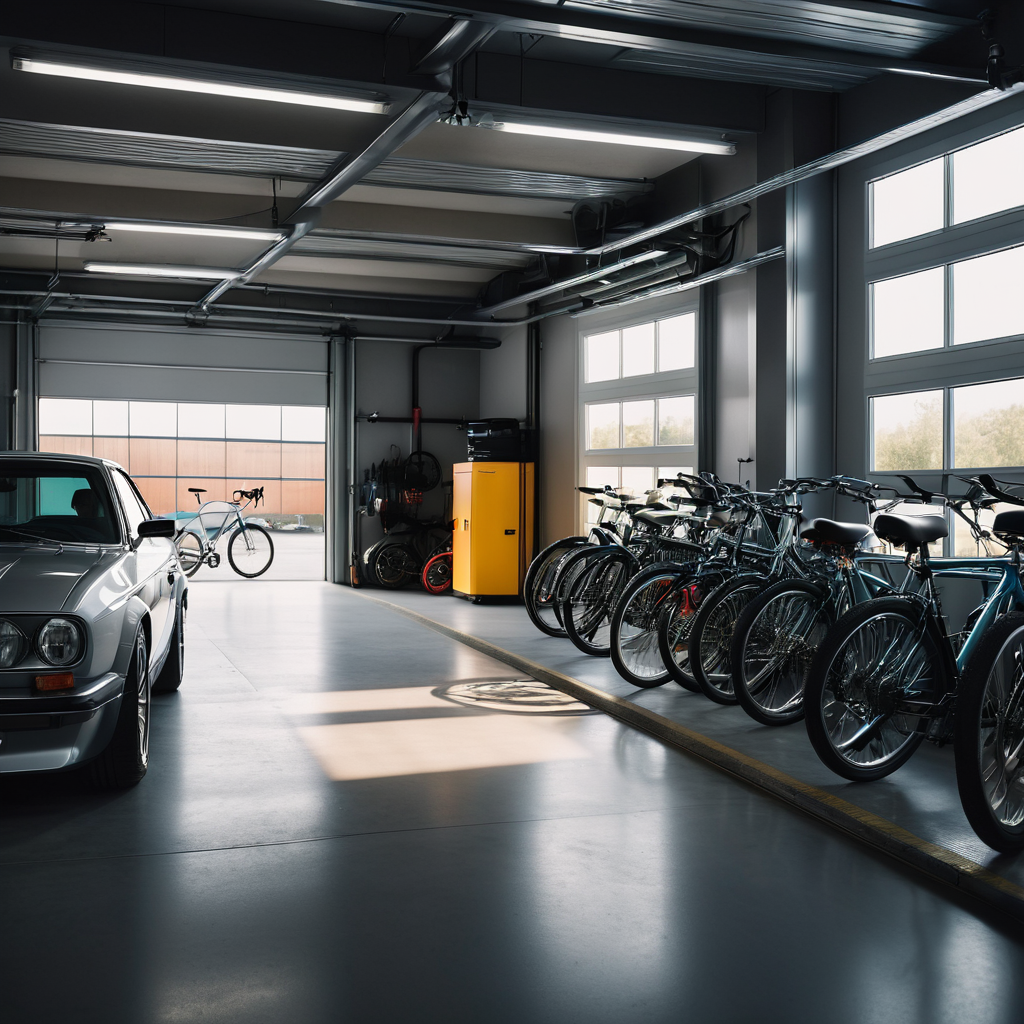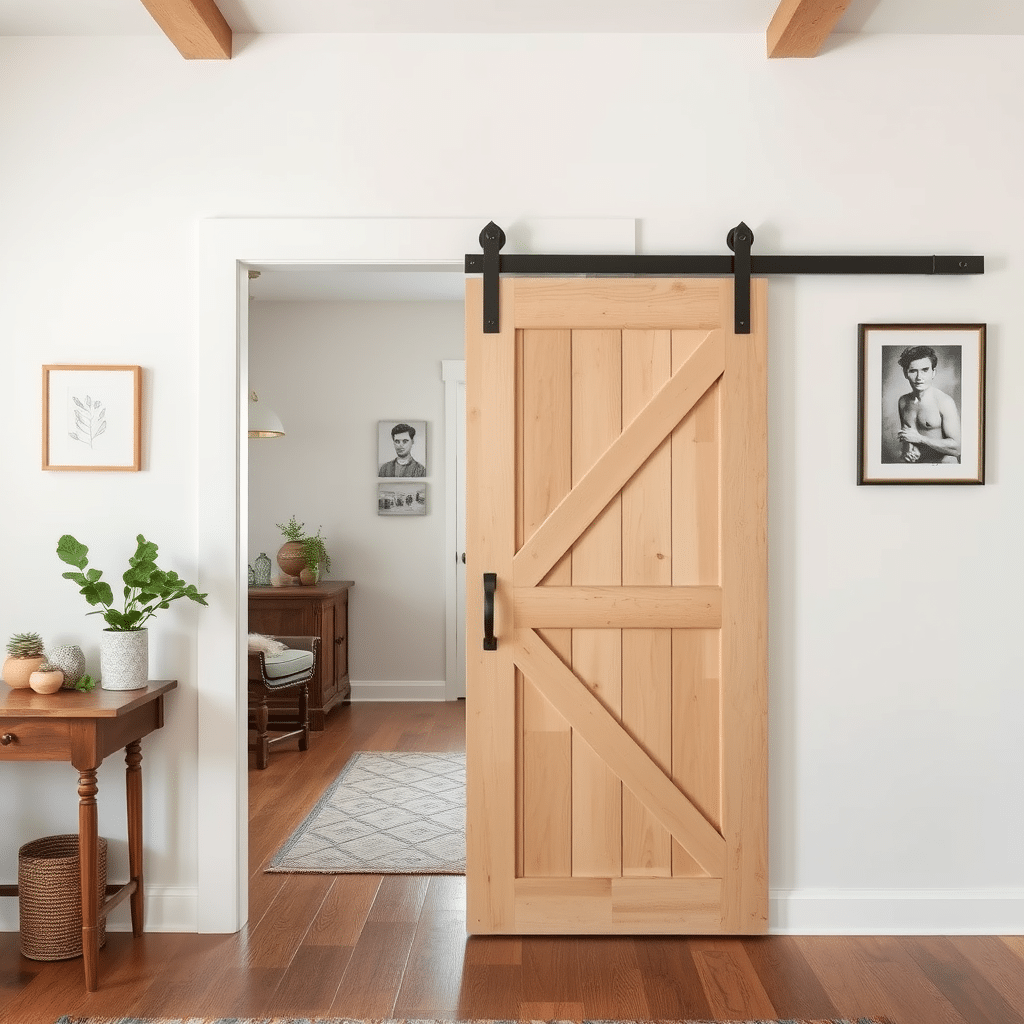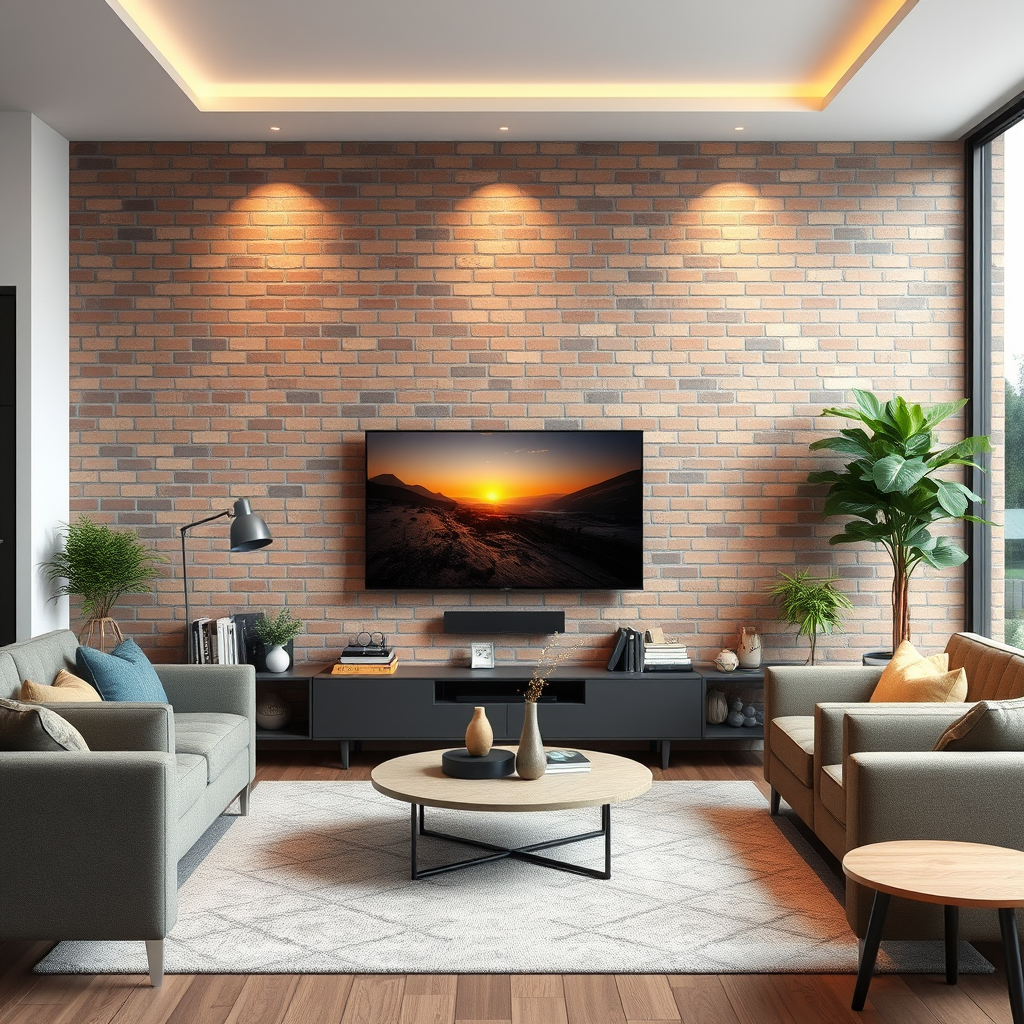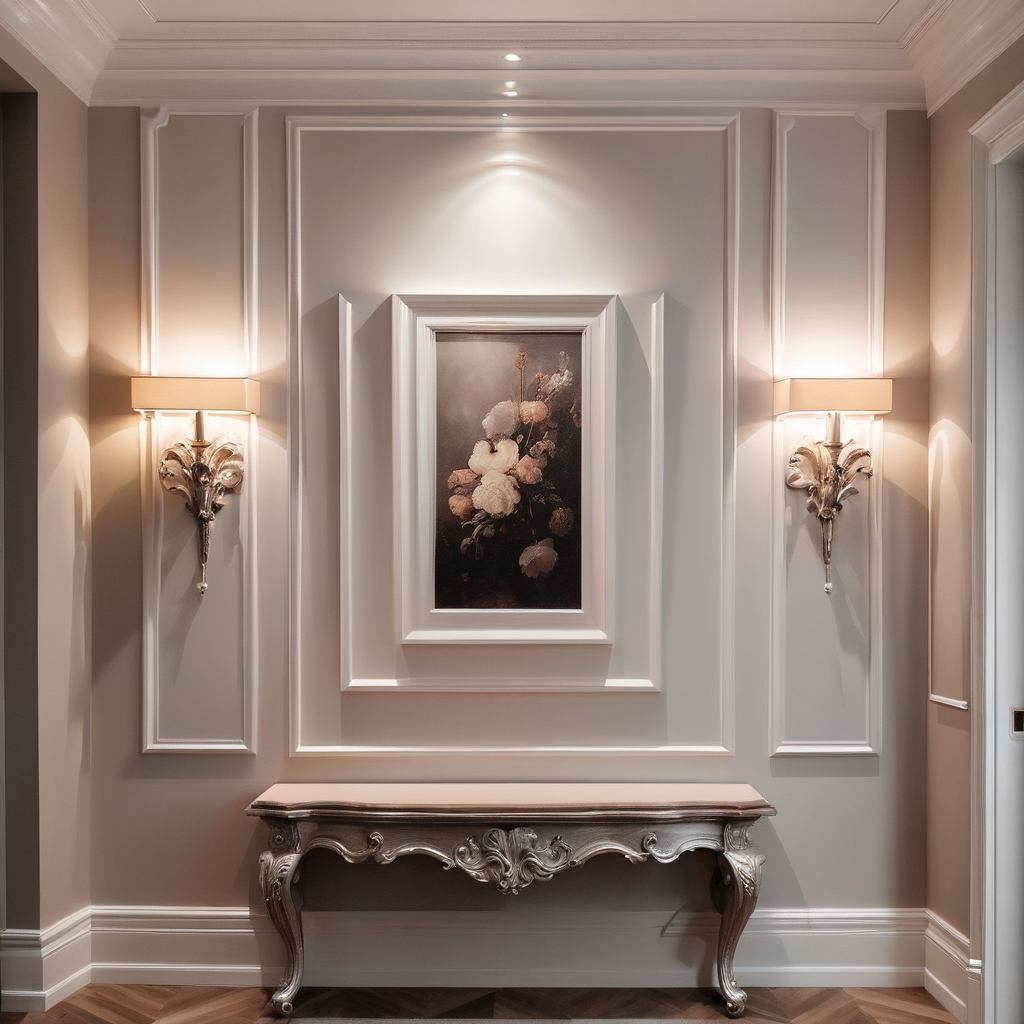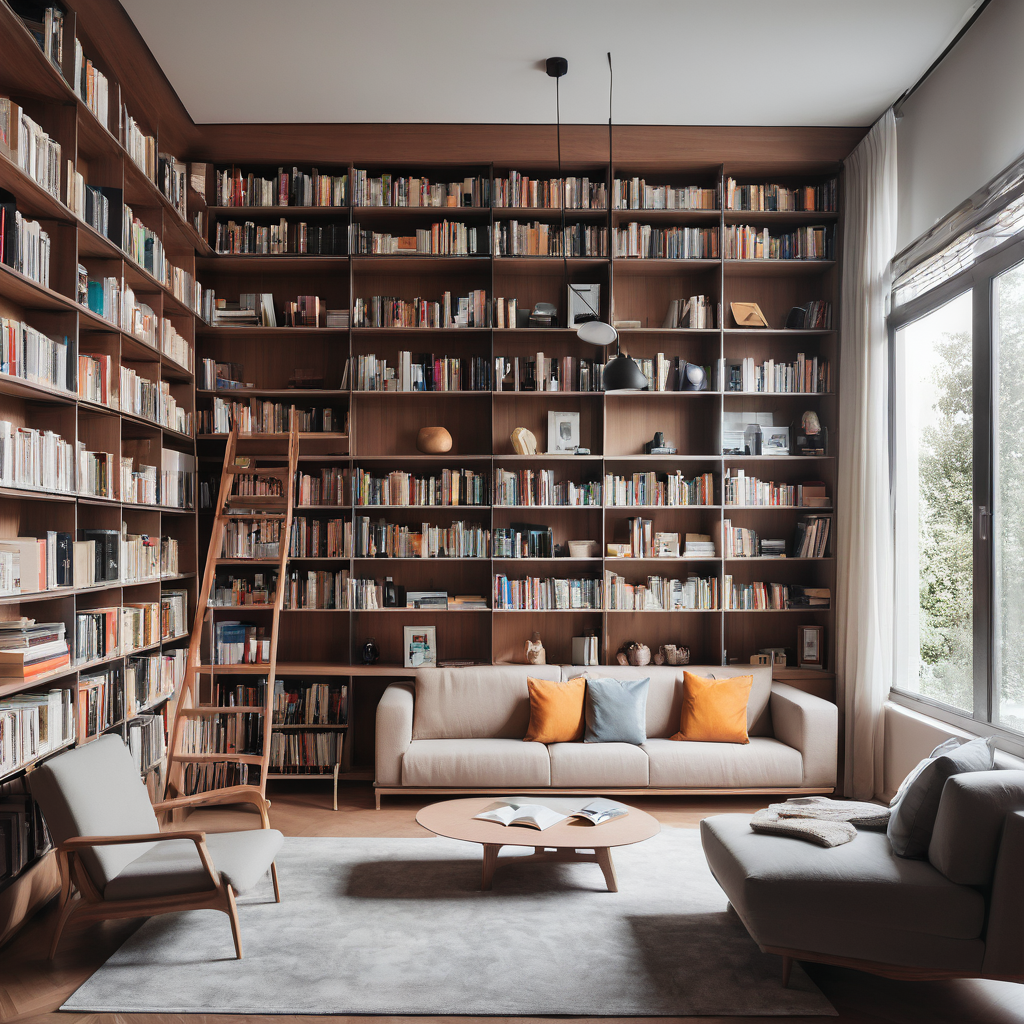The garage, often relegated to a space for parking vehicles and storing clutter, has untapped potential as a versatile extension of your home. With thoughtful design and organization, you can transform your garage into a functional and stylish part of your residential unit. Here’s a comprehensive guide to help you unlock the full potential of your garage:
**1. Define Your Purpose:**
Before embarking on the design process, consider how you intend to use your garage. Will it primarily serve as a parking space for vehicles, a workshop, a gym, or additional storage? Understanding your needs will guide the layout and design choices.
**2. Plan Your Layout:**
Evaluate the available space in your garage and plan a layout that maximizes functionality. If parking vehicles is a priority, ensure there’s ample clearance and maneuvering space. For multi-purpose garages, divide the space into zones for different activities, such as a workshop area, storage area, and recreational space.
**3. Flooring and Walls:**
Upgrade the flooring to withstand heavy use and spills. Epoxy coatings or interlocking floor tiles provide durability and are easy to clean. Consider adding insulation to the walls to regulate temperature and reduce noise. Utilize the walls for storage by installing shelves, cabinets, pegboards, or slatwall systems.
**4. Storage Solutions:**
Effective storage is key to keeping your garage organized and clutter-free. Invest in versatile storage solutions such as shelving units, overhead racks, and modular cabinets. Utilize vertical space to maximize storage capacity while keeping the floor clear for parking or other activities. Label bins and containers for easy identification of stored items.
**5. Lighting and Ventilation:**
Good lighting is essential for safety and productivity in the garage. Install bright overhead lighting fixtures or LED task lighting in specific areas such as workbenches or storage zones. Consider adding windows or skylights to introduce natural light and improve ventilation. Adequate airflow helps regulate temperature and prevent moisture buildup.
**6. Functional Furnishings:**
Select furnishings that serve your needs and complement the overall design of the garage. Workbenches with built-in storage are ideal for DIY projects, while sturdy shelves or cabinets can hold tools, supplies, and equipment. If space allows, incorporate seating areas or benches for relaxation or socializing.
**7. Personalize Your Space:**
Infuse your personality into the garage design with color schemes, décor, and personal touches. Hang artwork, signs, or memorabilia that reflect your interests and passions. Consider installing a feature wall with a chalkboard or whiteboard paint for jotting down project ideas or to-do lists.
**8. Safety Measures:**
Prioritize safety by installing smoke detectors, fire extinguishers, and carbon monoxide detectors. Keep hazardous materials and tools out of reach of children and pets. Ensure that electrical outlets and wiring are up to code to prevent electrical hazards.

